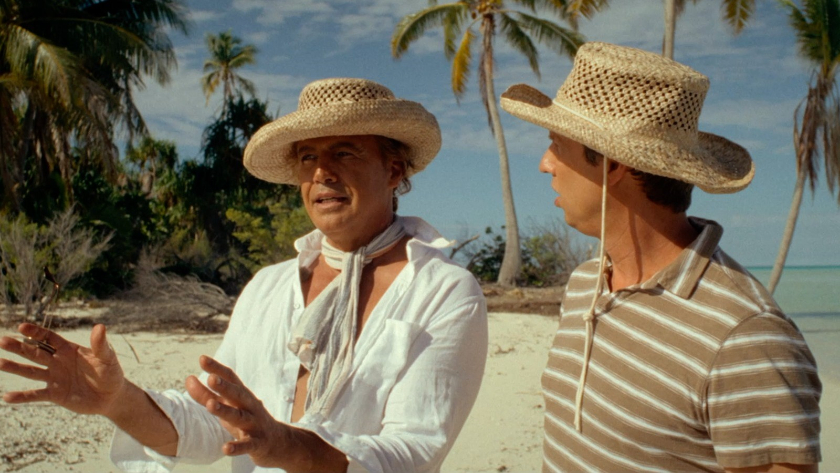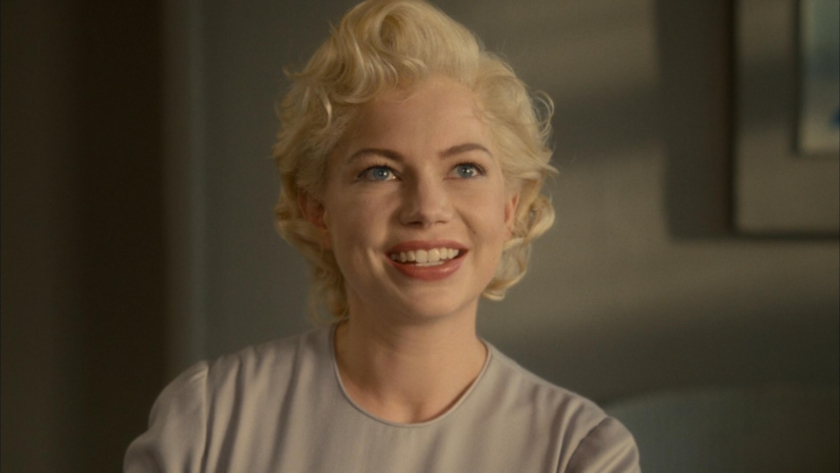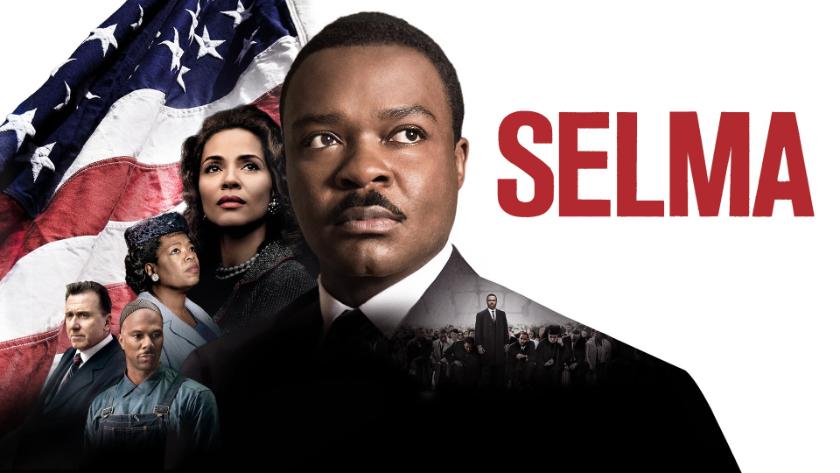Whether it’s encapsulating an extraordinary moment in someone’s life or the time a regular ole person stood alongside someone famous, there are plenty of true stories that focus on a small part of someone’s life.
There are biopics like Walk the Line, Elvis and Ray that span a life showing how the subject overcame challenges when they were young, reached the pinnacles of fame and then struggled as they faced internal and external demons.
And then, there is the snapshot of the celebrity – the true stories that focus on one part of a famous person’s life, whether it’s a week or a couple years.
Walking with Brando takes a look at the early-1970s after Marlon Brando (Billy Zane) has secured his place as one of the best actors in cinema history, even before The Godfather and Last Tango in Paris. He spends most of his time in Tahiti enjoying a more sedentary life surrounded by natural beauty. When Bernard Judge (Jon Heder), an architect, is tasked with finding a spot to build a hotel on Tahiti, he and Brando strike up a friendship that spans the remainder of their life.
Told from Judge’s perspective, Walking with Brando is the story of Brando’s desire to build an ecologically ideal retreat on Tetiaroa, a small Tahitian island, and Judge’s struggles in working with the eccentric, reclusive actor during a creatively turbulent part of his life.
Zane, who also produced the movie, wanted to focus on the activist that Brando was regarding civil rights and Indigenous rights, but mostly climate activism.
“It was a way to get under the hood of one of the most beloved, complex, and interesting figures of the 20th century while bringing people to a subject matter that needs a lot of attention but without making it preachy,” Zane shared with Collider.
So committed was Brando to making his vision of the retreat become a reality and to highlighting the importance of human’s impact on the earth that he started taking movie roles to fund it.
“When they called him about the gangster movie, he did it to fund what they were trying to create on Tetiaroa,” said Zane in a Deadline interview. That film was The Godfather.


Not the Celebrity
Bernard Judge never became famous as an architect, but his claim to fame was the role he played in Brando’s life.
“I love the fact that it’s about Bernie. It’s about their friendship…much like the structure of My Week with Marilyn, which I think is one of the better portrayals of Marilyn Monroe,” Zane said in an Entertainment Weekly interview. “It’s a right-angle approach; it’s not a direct line. We learn through interactions and observations.”
This approach is a great way for a screenwriter to tell the story of someone famous – show it from a regular person’s point-of-view.
Zane’s reference to My Week with Marilyn is a great example when it came to examining her turbulent life and her struggles with fame and self-doubt. That movie follows a young man who works with Laurence Olivier and what he observed during the filming of The Prince and the Showgirl. While the focus wasn’t Monroe (brilliantly played by Michelle Williams), it brought the audience close to a celebrity that garners plenty of intrigue.
Brando had the same fascination. It was his mysteriousness that made him alluring, but taking the angle of an outsider allowed the audience to see it through a lens they could relate to. Judge was that outsider; the regular, relatable person swept into the world of someone the audience wants to know more about.
Breaking the 4th Wall
When a character breaks the 4th wall, it shows that they recognize there is an audience watching. One of the most famous examples is in Ferris Bueller’s Day Off when the title character speaks directly to the camera.
Biopics and true stories will use this as a way to bring the audience into the narrative, almost as if they want to show they are real people relaying their true story. It’s been used in biopics and movies based on real events like I, Tonya, Better Man, Goodfellas and The Big Short.
Whether or not to deploy it is a creative choice, often used for comedies as a wink to the audience – just watch any Mel Brooks movie or Deadpool. Martin Scorsese breaks the fourth wall constantly via narration, and Academy Award winner The Big Short used it to explain complex financial concepts.
Waltzing with Brando uses it for comedic purposes in a way to reaffirm the ridiculousness of the situation Judge finds himself in, almost to remind the audience that what they are watching is based on true events.
Movies Based on True Events…with Famous People
Films like Captain Phillips or World Trade Center are compelling true stories about ordinary people finding themselves within an extraordinary event. Waltzing with Brando is the true story centered around someone who has already found fame.
If you’re looking to analyze movies that take a snapshot of a famous person’s life, here are a few worth watching.


My Week with Marilyn (2011)
Based on the books My Week with Marilyn and The Prince, the Showgirl and Me by Colin Clark; Screenplay by Adrian Hodges
Colin Clark worked with Laurence Olivier and documented the interactions between the two actors, who were both difficult to work with. This movie takes place over the course of a week and highlights not only the difficulties with the actors and the production, but the relationship between Clark and Monroe.
Frost/Nixon (2008)
Screenplay by Peter Morgan, based on his stage play
The film takes creative liberties in telling the story behind Richard Nixon’s first major television interview post-Watergate. Nixon intends to exploit the interview to highlight his accomplishments and what he did to make the world a better place, whereas Frost wants to exploit it for notoriety and to get Nixon to admit to illegal activities.


Selma (2014)
Screenplay by Paul Webb
There isn’t a comprehensive biopic on Martin Luther King Jr., but rather several films showcasing parts of his life throughout the 1960s. Selma focuses on King’s march from Selma to Montgomery in 1965 in hopes that the Johnson administration and congress will pass the Voting Rights Act.
One Night in Miami… (2020)
Screenplay by Kemp Powers, based on his stage play
What happens when four iconic figures of the 1960s meet in a Miami hotel room to discuss politics and culture? One Night in Miami… is a fictional account of a real meeting between Muhammed Ali, Sam Cooke, Malcolm X and Jim Brown that happened after an Ali fight in 1964. Focusing on about 24 hours around this night, it’s a look behind closed doors of four men still celebrated over 60 years later.
Lincoln (2012)
Based on the book Team of Rivals by Doris Kearns Goodwin; Written by Tony Kushner
Taking place between January 1865-April 1865, Lincoln focuses on the final months of Abraham Lincoln’s life as he struggles with a raging Civil War and the passage of the Thirteenth Amendment, which will abolish slavery in the United States. This film is a snapshot of both Lincoln in his last few months and how he handles the fights between factions of his own party and those whom they are at war with.
There are countless other examples of true events with famous people, some of which are purely fictionalized while others maintain as much truth as possible. Regardless, there will always be an element of creative license when it comes to adapting real lives and events into a movie; the first part of a writer’s job though is to take hold of the story and make it fit in the context of how they want to tell it.

